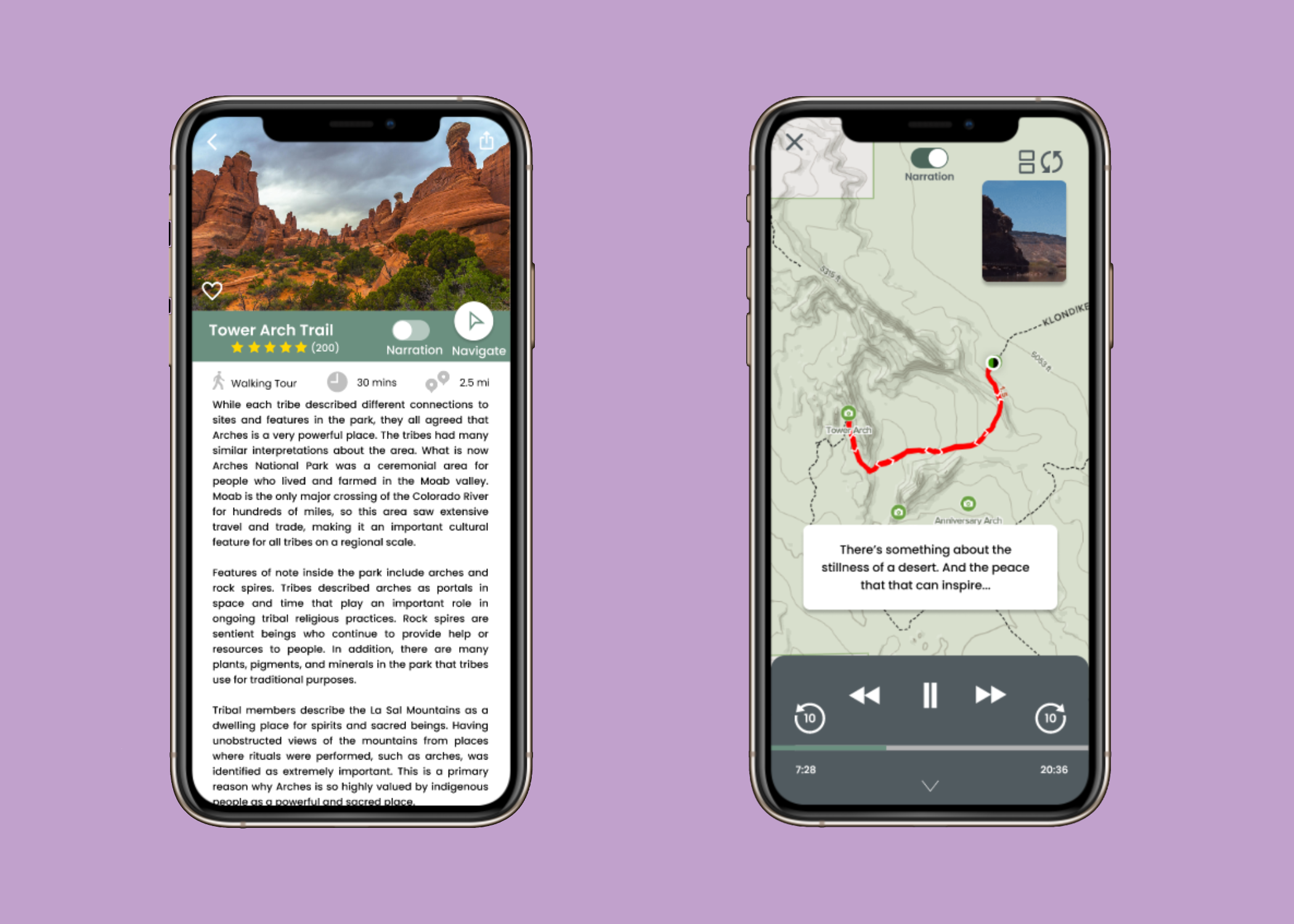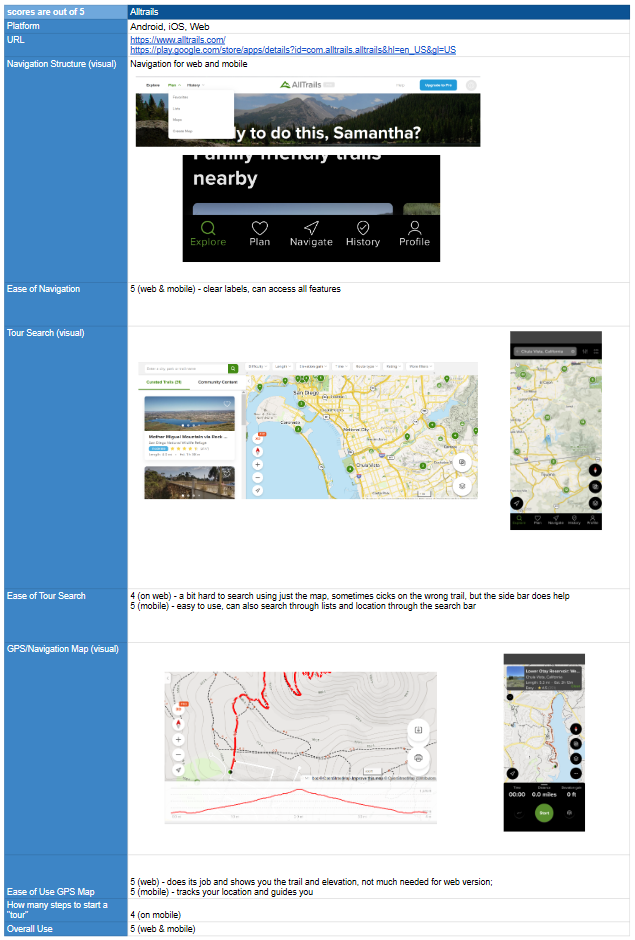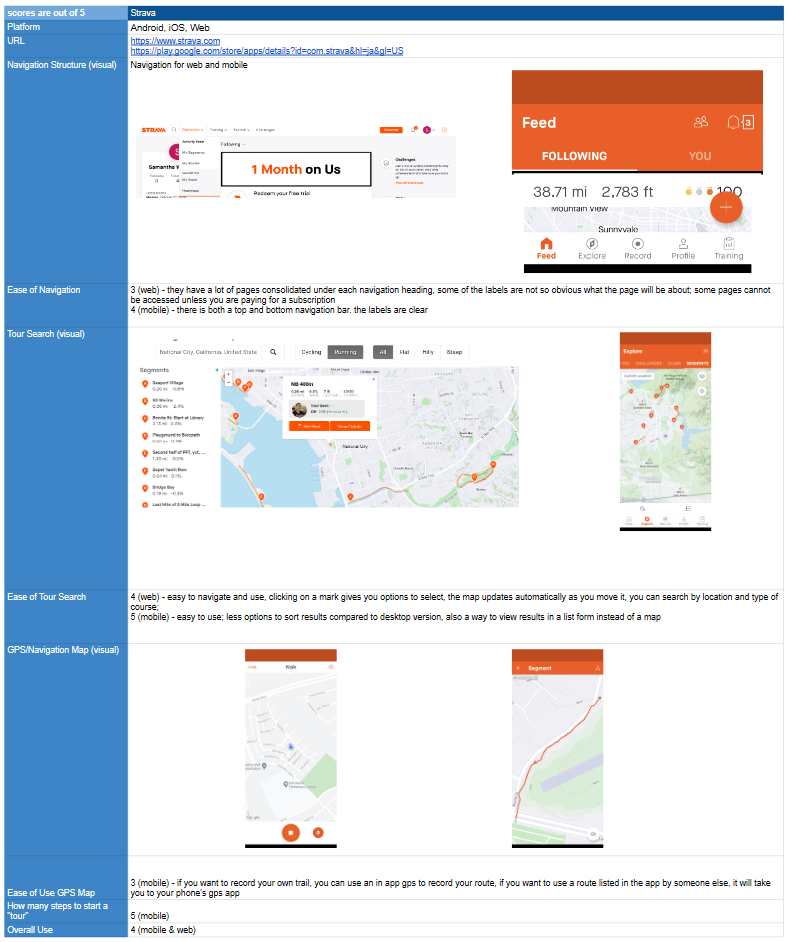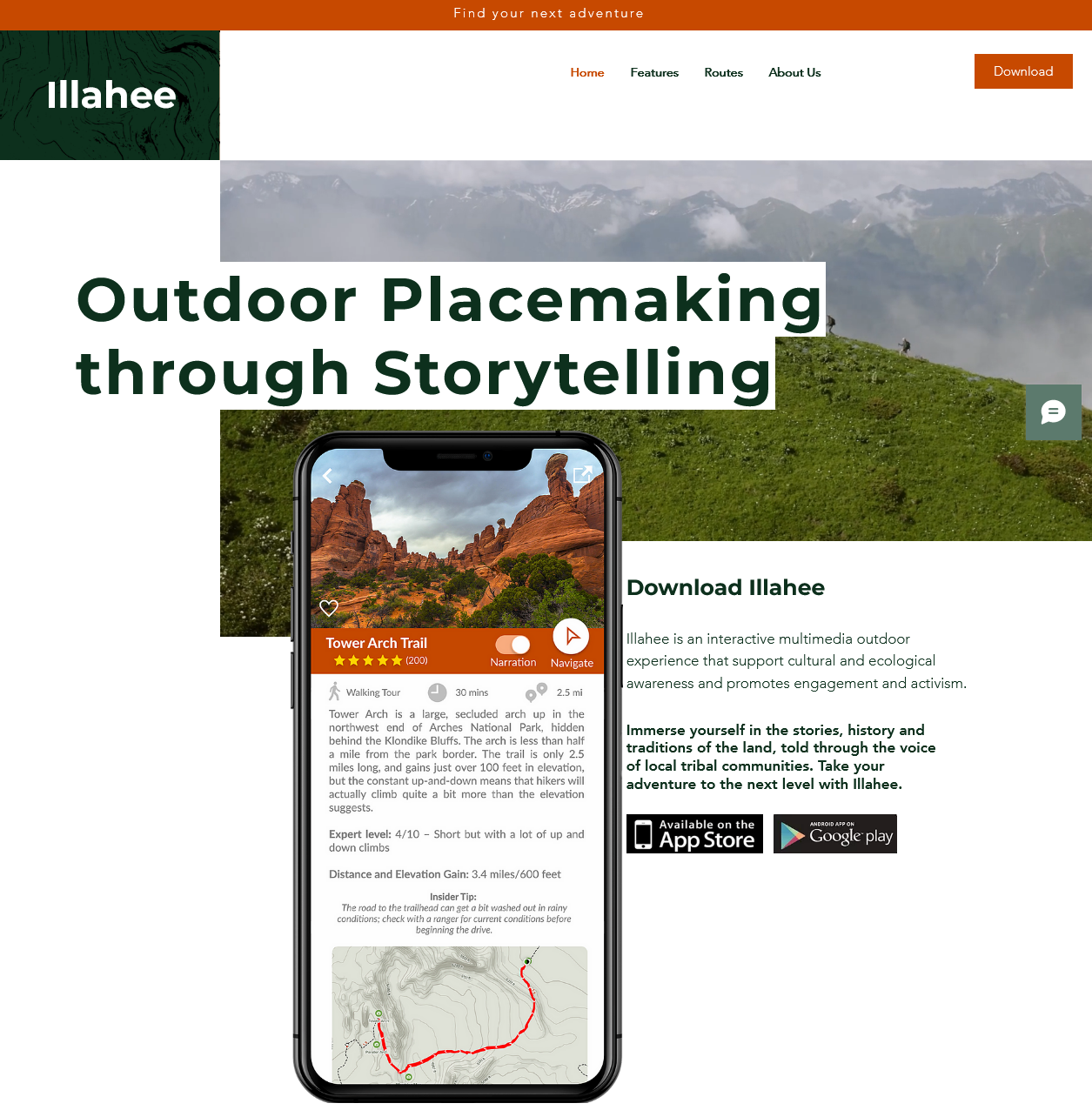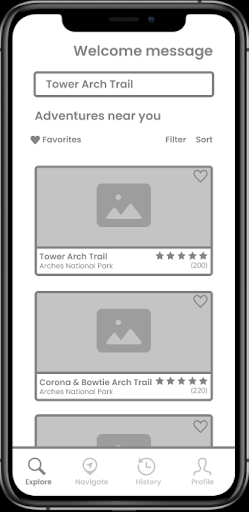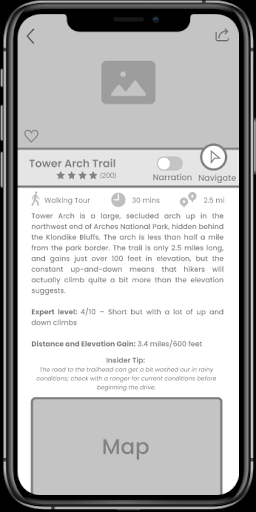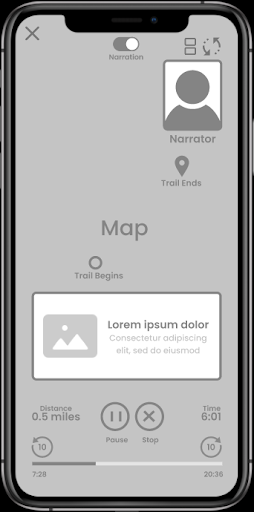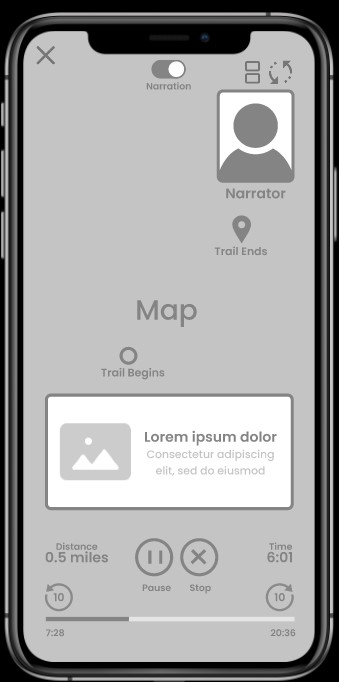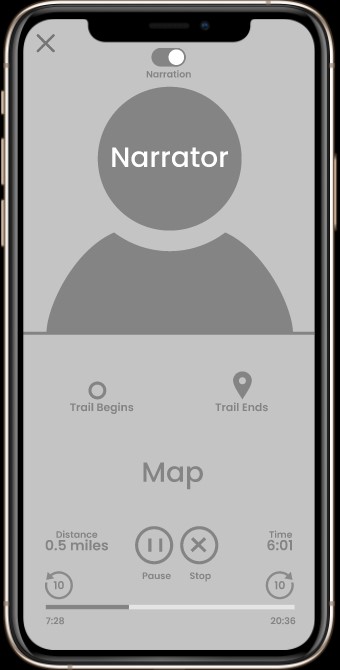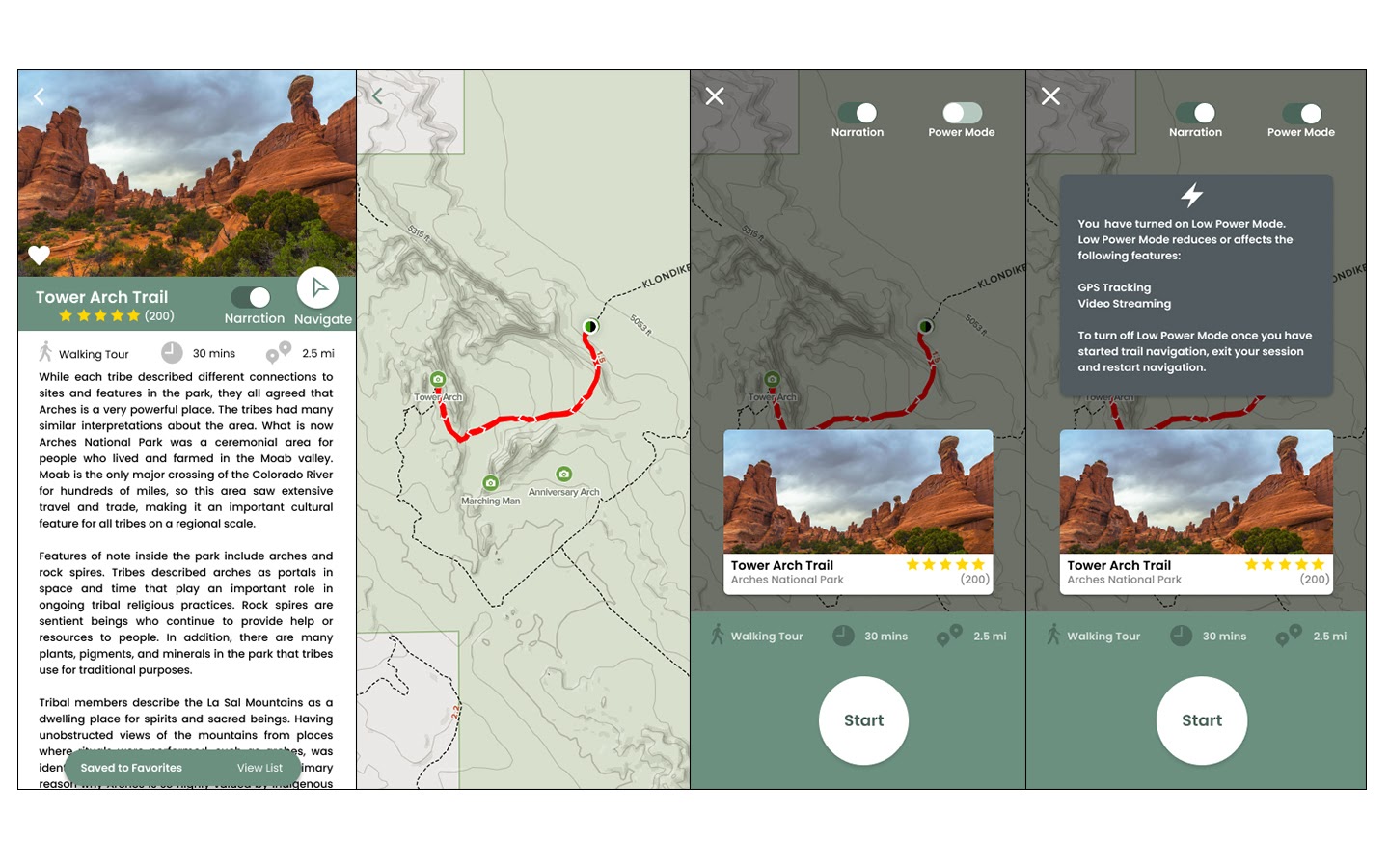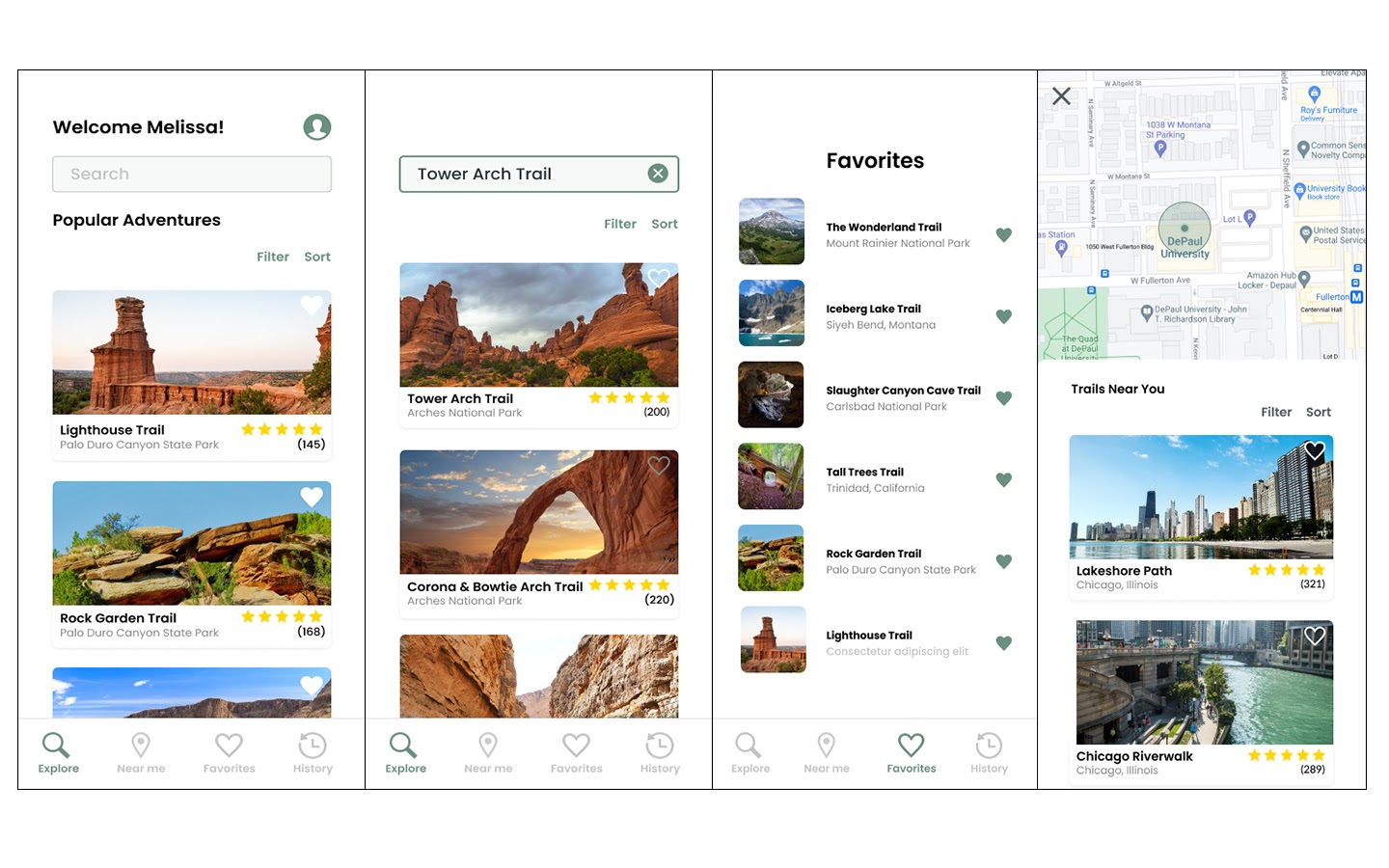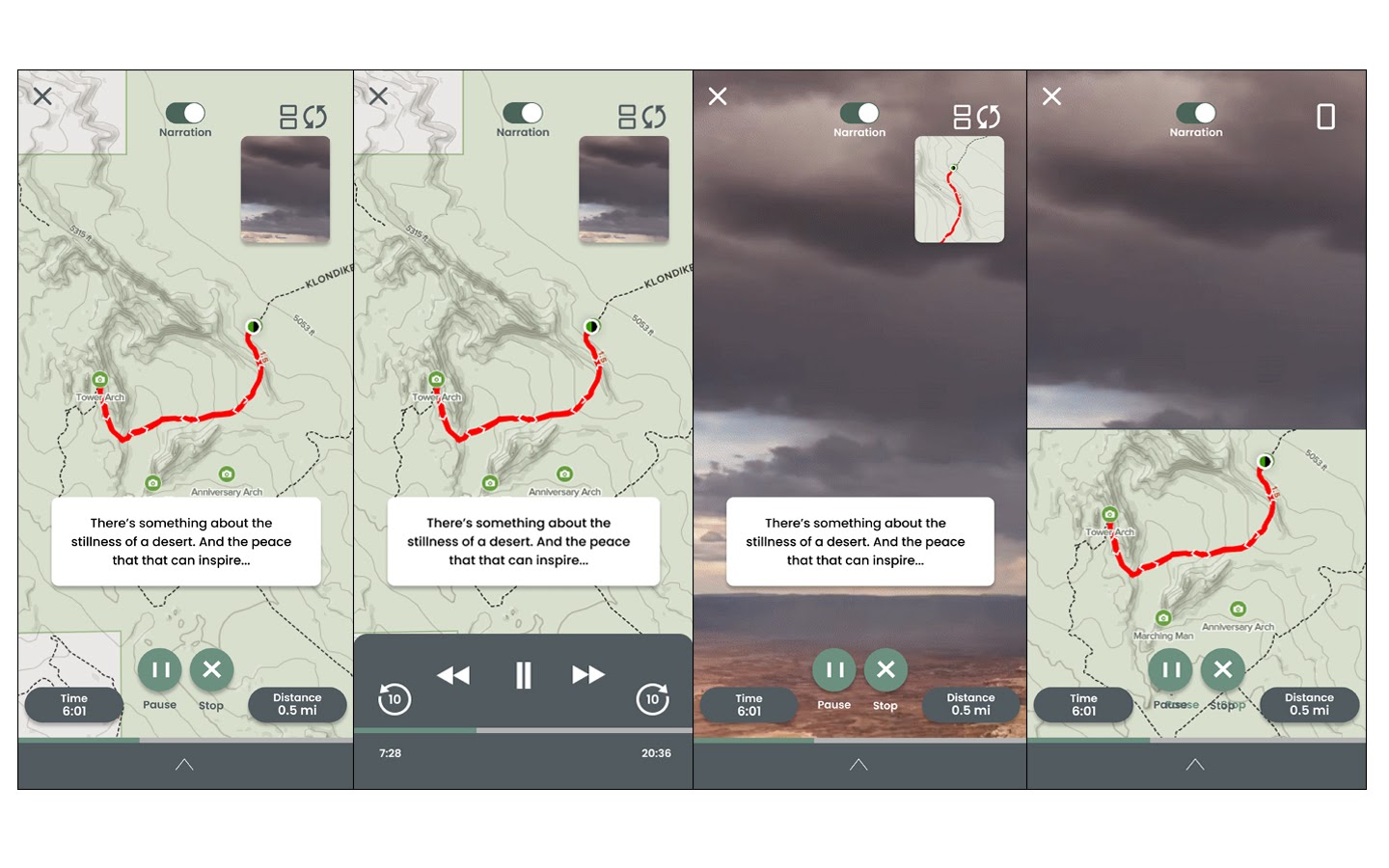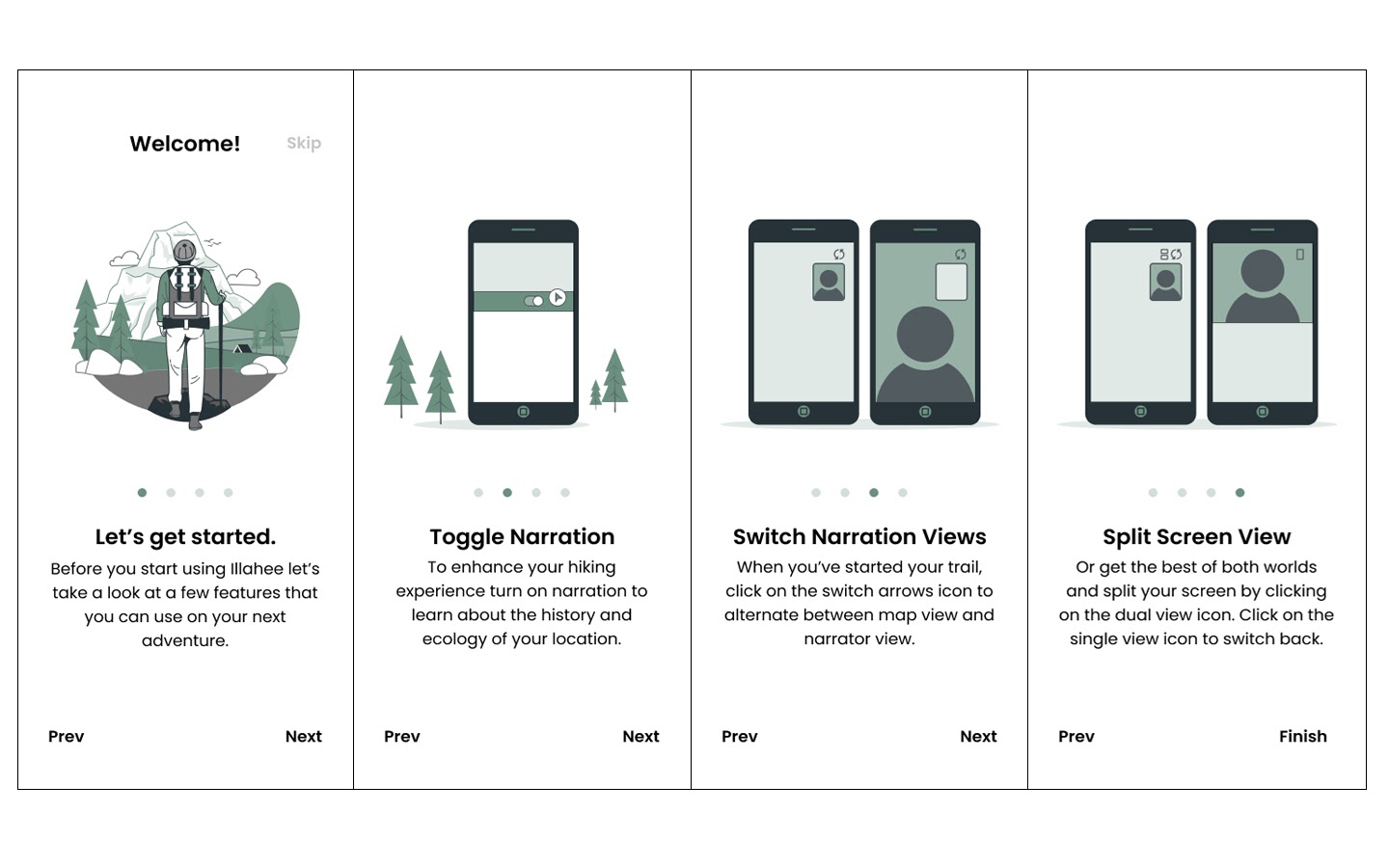Placemaking in Indigenious Sovereignty Efforts
Placemaking, as defined by Wikipedia, is the
“multi-faceted approach to the planning, design and
management of public spaces. Placemaking capitalizes on a
local community's assets, inspiration, and potential, with
the intention of creating public spaces that promote
people's health, happiness, and well-being.”
The approach of placemaking is a core principle in
contemporary Indigenous sovereignty efforts - the
reclaiming of ancestral lands and the traditional
resources therein through activism and policy centered on
independent management.
In her landmark book, Recovering the Sacred: The Power
of Naming and Claiming (1999), author Winona LaDuke
explores the plurality of Indigenous placemaking. From the
Klamath, Modoc, Yahooskin Paiute, Karuk, Yurok and Hupa
tribes of the Klamath river basin working to restore
stewardship of sickened rivers to the tribal communities
to the reclamation of horsemanship and homelands by the
Nez Perce tribes, placemaking is as diverse as the tribal
nations of this continent. In order to support these
efforts, each experience must be approached with a nuanced
understanding of place and community.
Place naming, a specific type of placemaking, is
another approach to sovereignty awareness and activism.
From land acknowledgement statements to traditional
greetings and name sharing, Indigenious language is a
powerful vehicle for identity reclamation. The ‘renaming’
of place, particularly sacred places, “inscribe the
landscape with meaning” (Gray & Rück, 2019) and challenge
accepted colonial narratives about the land and its
inhabitants.
What if placemaking and place naming, as it relates to
Indigenious sovereignty efforts, could take the form of a
digital tool for all those experiencing a place,
Indigenious or otherwise? Could this tool support
cross-cultural education and awareness? Could this tool
support sovereignty efforts and ultimately influence
public policy?
HCI in Digital Placemaking
The role of HCI in digital placemaking has been
thoroughly researched and documented by HCI researcher
Clara Crivellaro and her colleagues in two key research
works: Contesting the City: Enacting the Political Through
Digitally Supported Urban Walks (2015) and Re-Making
Places: HCI, ‘Community Building’ and Change (2016).
In ‘Contesting the City: Enacting the Political Through
Digitally Supported Urban Walks’, Crivellaro, et al.
explore how “situated discovery” and “articulation of
issues at the intersection between the politics of place
making and city planning” can challenge normative
representations of place and give voice to marginalized
narratives. (Crivellaro et al., 2015, pg. 2966)
Crivellaro, et al. suggest that allowing for everyday
actions, uses and interactions to drive interrogations of
singular histories inherently contributes to a plurality
of experiences. This plurality is key in dismantling
ahistorical assumptions that uphold capitalist-colonialist
ideology and white supremacy and central to our design
research.
In Re-Making Places: HCI, ‘Community Building’ and
Change, a publication from the following year, Crivellaro,
et al. dig into how the intervention of “prevailing,
normative practices and existing spatial configurations in
order to support the articulation of values, issues and
open up the conditions of possibility,” with the paramount
importance of embodied storytelling explained:
“Stories find their value not in their
claims to legitimate truths about community and place.
Instead, it’s in their uncertain and open-ended nature,
and in how they emerge through varied, situated encounters
and contingent situations, that they posit an “equality of
intelligence” (rather than ‘sanctioned’ knowledge)]. That
they are plural, situated, partial and contingent doesn’t
discount them, rather it’s this that allows them to
contain the possibilities for the future.” (Crivellaro et
al., 2016, pg. 2966)
The concept of pluralistic storytelling as a reframing
of history is a core tenet of the initial design
approaches to Illahee.
Re-Making Places also stresses the ‘centrality of
physicality and the need for HCI design to adopt methods
and approaches to engage with embodied practices and
sensorial aspects of places,” (p2967) where “material
engagements in place making, socio-political issues, lived
experiences and practices are brought to the fore and
given form.”(Crivellaro et al., 2015, pg. 2967) The
cohesion of physical experience and storytelling aligns
with proposed Indigienous forms of embodiment discussed in
the next section.
The role of HCI in the futures of sovereign Indigenous placemaking
In Culturally Sensible Digital Place-Making: Design of
the Mediated XicanIndio Resolana, authors Martínez, et al.
discuss theoretical and educational needs of decolonized
design as well as lessons learned from their community
based design research for the Mediated XicanIndio
Resolana, a cultural education interface that engages
participants through embodied interaction and community
storytelling.
While the theoretical foundation of this work is
critical for the development of decolonized HCI, most
relevant to our research is the importance of embodied
interaction and the role this interaction in building
“understanding of indigenious community knowledge systems
for indigenious ways of learning.” (Martinez et al., 2010,
pg. 165)
For the purposes of understanding how digital
placemaking and storytelling could support sovereignty
efforts, it is critical that the method of learning “take
place through embodied and lived experience.” (Martinez et
al., 2010, pg. 165)
Most interestingly, Martinez, et al. posit that beyond
indigenous knowing, there is indegnious being - a
reflection of the local community requiring presence of
the local community, through a practice of interaction
with others within the context of a situated environment.
This practice of indigenious being is central to our
design research: situating first person or testimonio
storytelling within an associated ecological environment
as a practice of reciprocity and accountability.
Martinez, et al. emphasize the critical nature of
participatory design by local Indigenous communities -
learning is often considered a sacred act (p. 168) and the
expository nature of sharing ‘knowledge’ with unwilling or
unengaged audiences could be extractionary and deeply
harmful. The concept of sovereignty must extend to how and
what knowledge is shared - and how that learning is
received.
